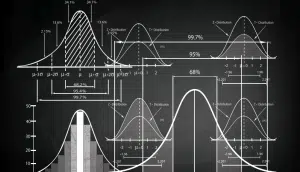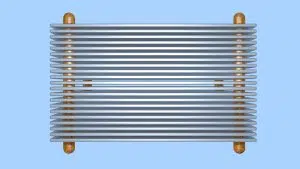A heat pipe is a closed system that contains a saturated fluid. When heat is dissipated in one region of the heat pipe, liquid in that area boils or evaporates, which produces vapor that moves to another area in the heat pipe where it condenses. The condensed liquid then returns to its starting point to transport energy from the heat input region(s) to the heat output … [Read more...]
Statistics Corner: Modifying Sample Size
ABSTRACT Reliability verification often requires that a specific number of components be tested to a predetermined level of testing to demonstrate that none of the samples fail. This article describes a statistical approach for justifying the use of fewer samples by subjecting them to a more severe level of testing. BACKGROUND Reliability verification often includes … [Read more...]
Statistics Corner: Probability
Statistical analysis is needed because data always have some degree of uncertainty; a value that we determine from a single measurement, or even set of measurements, is not necessarily going to tell us exactly what value we will determine with additional measurements. Statistical analysis uses the mathematics of probability to create tools that we can use to deal with … [Read more...]
Statistics Corner: Weibull Distribution
A little over a pandemic ago, the first article in this series on statistical analysis mentioned that a fundamental aspect of statistics is that one assumes a mathematical model that describes the distribution of a data set and then uses that model to estimate the probability that a given value or set of values will occur [1]. This allows us, for example, to estimate whether … [Read more...]
Statistic Corner: Comparing Populations
Introduction Previous articles in this series described the normal distribution and how it is used to relate probability and confidence levels [1, 2]. A practical application of the use of the confidence interval was to describe how to determine the range of values in which the true mean of a population falls within, based on the mean and standard deviation calculated from a … [Read more...]










